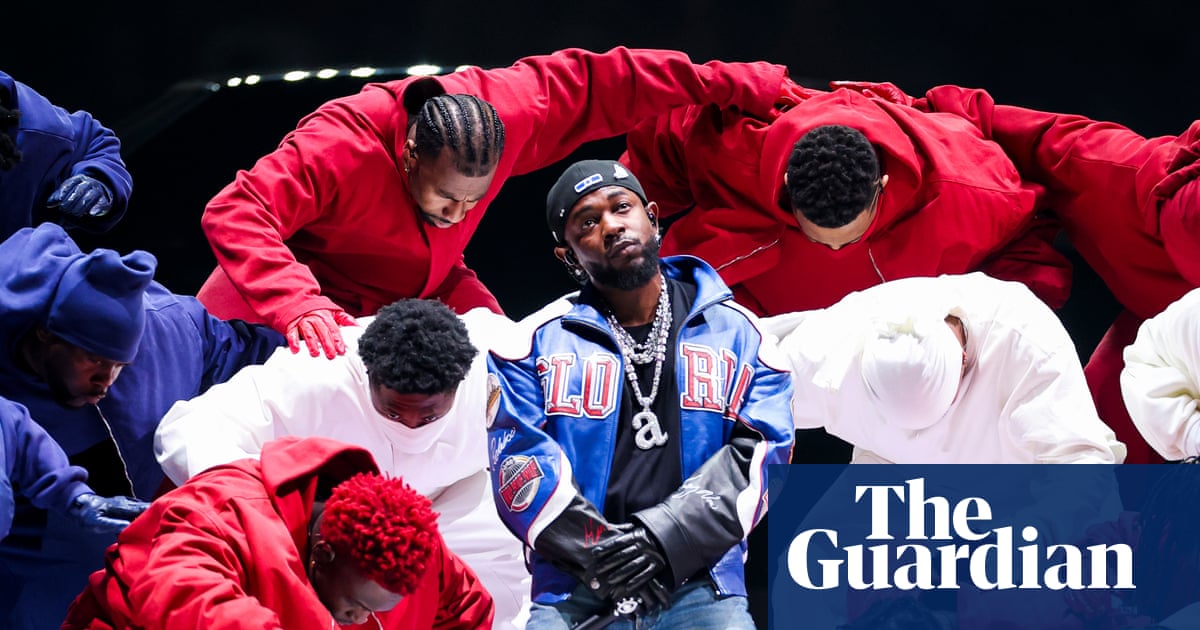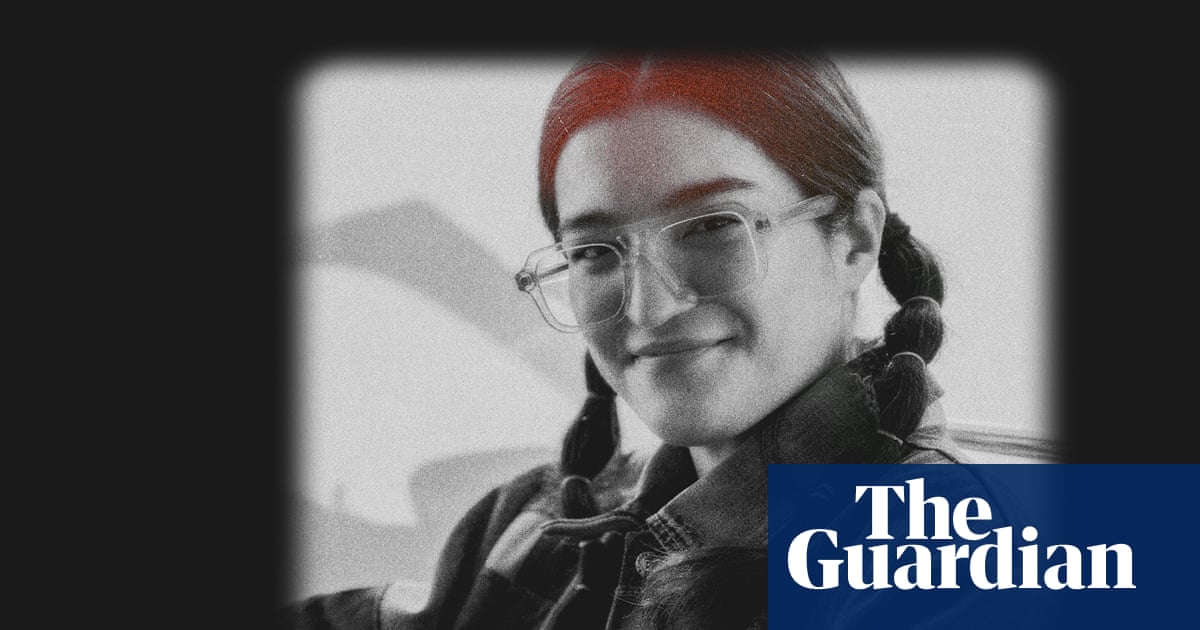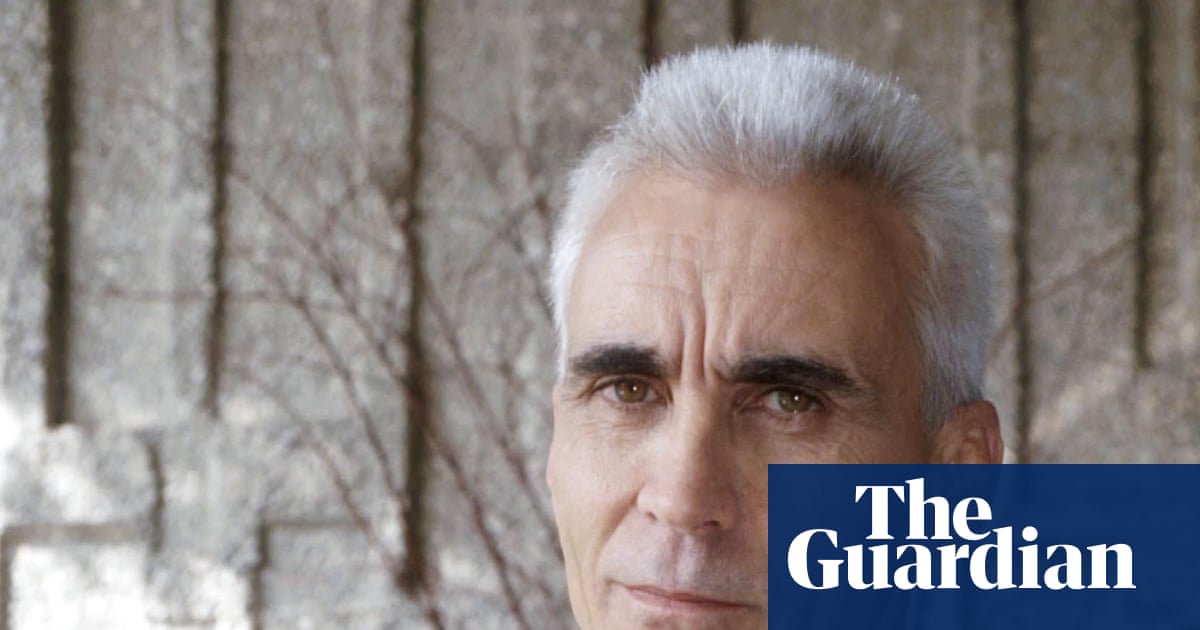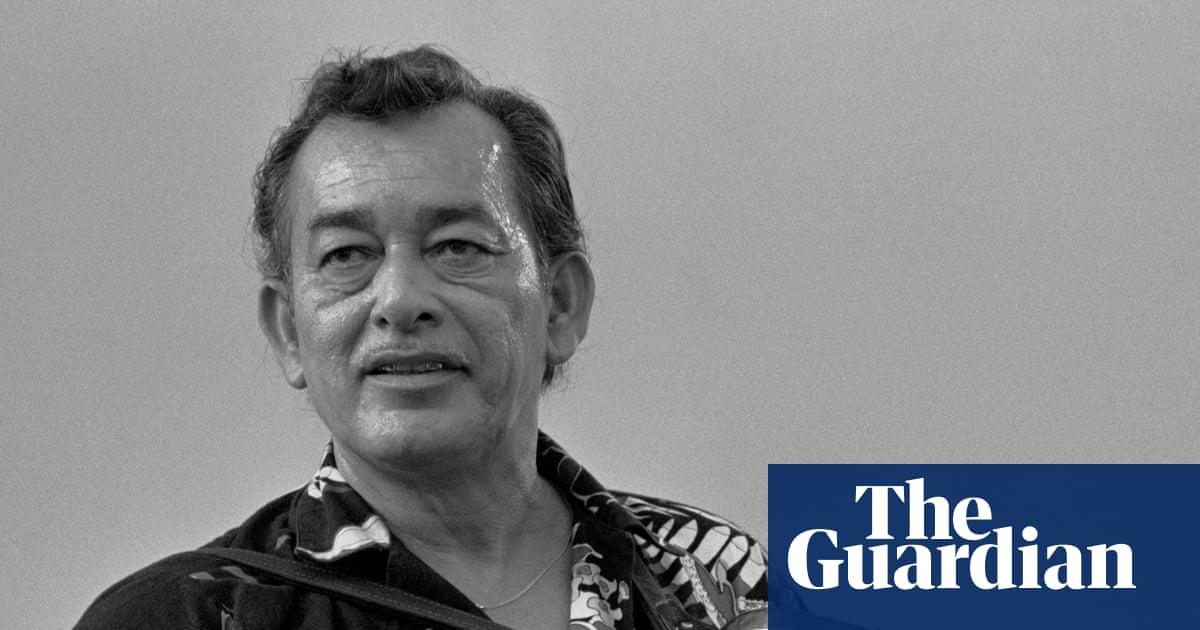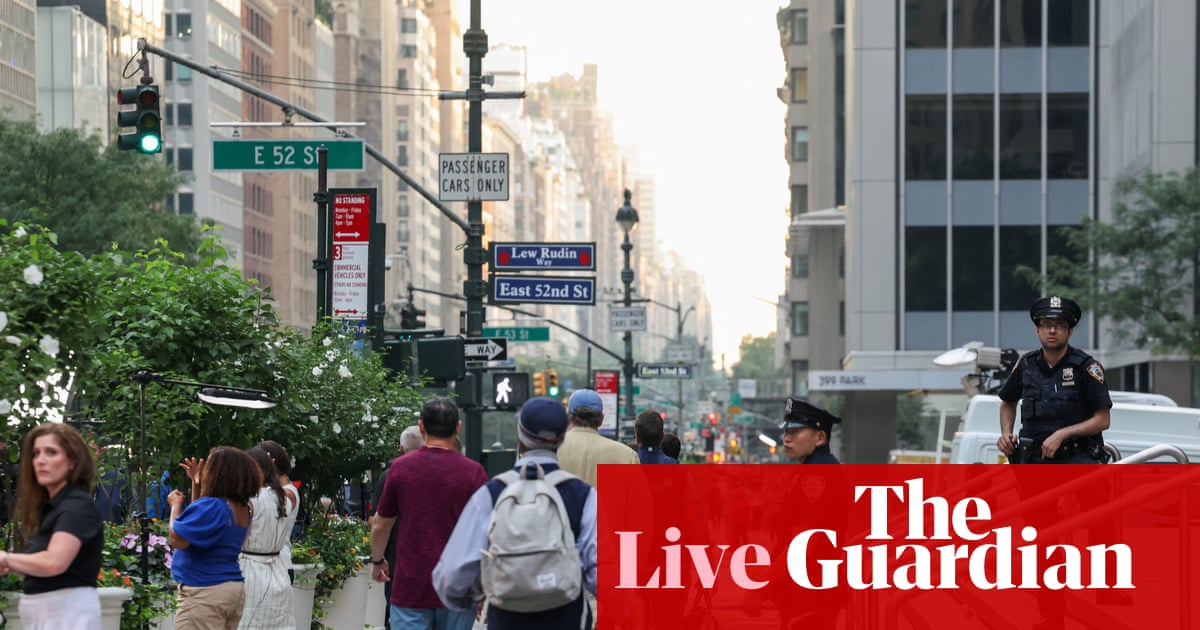My only interaction with the FBI came soon after 11 September 2001. A man and woman visited my family’s home in Philadelphia – we had recently moved from Palestine – showed their credentials and asked to enter. My parents invited them in and a conversation about political views followed. They left soon afterwards but I knew we were suspect, and I understood why.
At the time, I was in high school. Two or three years later, one of my sisters, who wore the hijab then, was confronted by an elderly white man at a department store. “What’s the significance of the trash you’re wearing on your head?” he asked.
Just a few years ago I was traveling through JFK airport from a trip abroad. I was pulled out of line for a side conversation – a semi-regular occurrence – when a policeman with a bull face said: “Do you hate America?”
Pure bait.
Watching Zohran Mamdani’s treatment in the run-up to his commanding victory over the Democratic establishment caused me to reflect on these experiences.
In Mamdani’s case, the frenzy started when an Andrew Cuomo-affiliated group lengthened and darkened his beard in an ad.
And there were clumsy efforts to associate Mamdani with antisemitism. Kirsten Gillibrand, a Democratic senator from New York, went on the radio to claim Mamdani had raised concern among Jewish New Yorkers and made “references to global jihad”, whatever that means. Democrats, activists and voters were outraged at the smear, and Gillibrand apologized.
But it was Mamdani’s victory in the primary – and the national attention he has justifiably received – that caused the sluice gates to open.
Brandon Gill, a representative from Texas, posted a video of the young democratic socialist eating biryani with his hand, appending a note, saying: “Civilized people in America don’t eat like this.”
Andy Ogles, another Republican congressman, has called for Mamdani’s citizenship to be withdrawn, a new front in the Republican war on everything. Meanwhile, Randy Fine, a Florida representative, has decried the emerging “caliphate” of New York. Comically – you have to have a sense of humor about some things – Marjorie Taylor Green posted a picture of the Statue of Liberty cloaked in the niqab.
Nor have the Democrats relented, despite Gillibrand’s grassroots censure. The strategist James Carville has commented about the “fact that [Mamdani] won’t denounce” the “intifada”: “Come on man,” he said, “just get it out your mouth.”
Mamdani’s rise, which is a threat to a weak Democratic leadership, will only invite more racist attacks. This is Trump’s America now; bad faith arguments and unmasked bigotry have attained new heights in public discussions.
But Islamophobia has deep institutional roots. The phenomenon, a messy amalgam of racist tropes ensnaring Sikhs, assorted South Asians and Middle Easterners, is durable and widespread. Hopes that Barack Hussein Obama’s election in 2008 would take the edge off were premature.
It’s worth examining why.
At an individual level, prejudice exists among all kinds of people: no one is immune to its effects, or to effecting it. I’ve encountered racism directed at white people, Black people, Indians, east Asians and just about everyone else.
The psychologist Daniel Kahneman shed some light on prejudice in his book Thinking, Fast and Slow. He and his colleagues concluded through rigorous experimentation that people rely on intuitive systems and mental shortcuts in making certain kinds of quick decisions. Often, those intuitive beliefs are based on existing stereotypes and biases. You can’t contain all the information in the world in your head, so you rely on representations for things to navigate a complex and information-rich environment. Heuristics, in other words.
But if all prejudice is created equal, it doesn’t stay that way for long. A powerful person’s racism exerts greater leverage than the ordinary prejudice of a recent immigrant who disapproves of interracial relationships.
That’s because power is defined, in part, through the ability to participate in and shape institutions, which are themselves containers of cultural DNA. They reproduce assumptions that exist among a critical mass of their participants.
It is institutions that form the basis for structural racism – a cohesive, majoritarian racism that devalues certain lives through a society’s ordinary operations. Structural racism is dangerous in a way that the personal prejudices of marginalized people cannot possibly be, if only because of how power is organized in society.
A critic might argue that there is a basis for regarding Muslims with suspicion. People who serve in the national defense or security establishment, for instance, might perceive a real-world basis for adopting what might be considered biased or racist views.
Consider the fact that all of the men who perpetrated the attacks on New York in September 24 years ago were Middle Eastern and Muslim. Heuristic thinking might suggest a travel ban that assumes all Muslim men, or even men from the Middle East, are a potential source of terror will secure the US. It’s a logical argument: preventing all Muslims from entering the US will prevent all the domestic crimes perpetrated by Muslims.
But a corollary exists: all able-bodied white males between the ages of 11 and 70 are potential mass shooters or insurrectionists. We may protect our school-aged children and our constitutional democracy by preventing members of that group from accessing guns.
The illogic of Islamophobia lies in the breach: the arguments, which are constructed along roughly similar lines, have very different chances of impacting policy in this country.
That’s because the FBI and local law enforcement – and the leaderships of the Democratic and Republican parties – contain a complex and copious set of information about the range of behaviors that white men may participate in, as compared with Muslim men. Yes, white men kill children at schools, but they do a lot of other things besides.
Mamdani, through his visibility, charm and unflagging cheerfulness presents a new source of information about Muslim men in America. The decision by Cuomo affiliates to try to exploit the gap in information about Muslims – to rely on a racist heuristic – by darkening Mamdani’s beard was a cynical one.
But it failed through the superior communications of the candidate himself. Mamdani was visible and is likable. He succeeded in reaching voters on his own terms and new information has succeeded in short-circuiting old ideas, at least for now.
-
Ahmed Moor is a writer and fellow at the Foundation for Middle East Peace

 3 months ago
69
3 months ago
69










